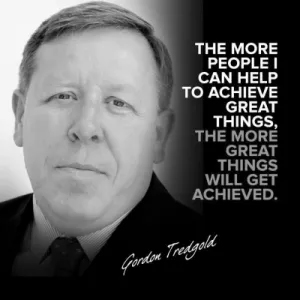
A carefully set up preventive maintenance strategy is what makes it possible to have a positive impact on several aspects of your business, improving operational functionality and increasing the overall production quality, equipment life, and output.
More than 75% of companies worldwide will prioritize preventive maintenance. However, not all companies will be successful in setting up one, so this is where you should pay special attention to.
Let’s not wait any further because in this article, we will learn more about the successful tips you need to follow for incorporating a top-notch preventive maintenance strategy in your business.

Before you continue setting up your preventive maintenance strategy, it’s important to dive deeper and discuss more about the types of equipment maintenance strategies:
Since we clarified this part, we can now dive deeper into learning more about the best practices for a fleet’s equipment preventive maintenance program.
License management software assists organizations in tracking and managing software licenses for employees, but can be used for managing driver licenses and many essential documents you need in your fleet management.
You may be wondering why license management software is important. Well, it’s because it helps you check if drivers have a valid license and if it’s up to date or not. The software allows fleet managers to stay on track of expiration dates, contract renewals and many other information that is related to driver licenses.
It’s essential to have a proper license that can meet national and local regulations. In other words, this reduces the risk of facing any fines or penalties. Nevertheless, fleet managers should look more into license management software, since it can be an excellent tool for them, ensuring that drivers will meet regulations and remain compliant with them.
The first step to creating a maintenance plan is to define your goals and set priorities. Ask yourself: What is the purpose of your business? Are you trying to reduce maintenance costs? Do you want to acquire expensive equipment that differentiates you from competitors?
Having clear goals and priorities is an essential part of allocating resources. Also, if you can’t achieve your priorities, ask yourself what the reason was behind it. There’s always an argument to every question you ask.
Once you’ve gone through your machinery and facility, it’s now time to do more research. Research isn’t easy to do and is something one of the most challenging parts of the process. However, it takes a big step to get there. Manufacturer documentation is what helps you identify the best maintenance practices for your machinery, which is a big part of your development plan.

A preventive maintenance schedule (PM) is performed based on a given piece of equipment. Whenever you create your PM schedule, you can select the time and day for its maintenance, but keep in mind to select a time period that doesn’t interfere with its production levels. PM schedules will rely on two important factors:
Overall, the type of PM schedule you use will strongly depend on your PM schedule.
Fast and clear communication is a basic element you need in your PM program. Your team should always be able to communicate with each other effectively. Poor communication can lead to numerous issues and some of which are:
After all, 75% of employers consider teamwork and collaboration to be highly important traits for succeeding.
You can’t have a successful maintenance plan without your employees. They’re a crucial part of your maintenance plan and without active participants, you can’t set up an effective preventive maintenance plan.
If you want to be more successful in creating one, it’s best to give your team the necessary training and tools for creating a training program for communicating and establishing effective preventive maintenance schedules. However, don’t make it a one-time thing. Also, consider retraining and encourage new practices to be incorporated at regular intervals.

Maybe you have set up your goals for a three to five-year plan, but you should keep in mind that your employees and you have to track progress to see if the right level of results were achieved or not. Be sure to regularly check your machine data and celebrate all small improvements you make monthly or weekly.
These are our seven tips for creating a successful PM plan. In a PM plan, your team is your most important asset, so don’t forget to track progress with them together, encourage communication, keep track of your asset inventory and create a preventive maintenance schedule based on time or usage.
Tony Ademi is a freelance SEO content and copywriter. He has been in the writing industry for three years and has managed to write hundreds of SEO-optimized articles. Moreover, he has written articles that have ranked #1 on Google. Tony’s primary concern when writing an article is to do extensive research and ensure that the reader is engaged until the end.
